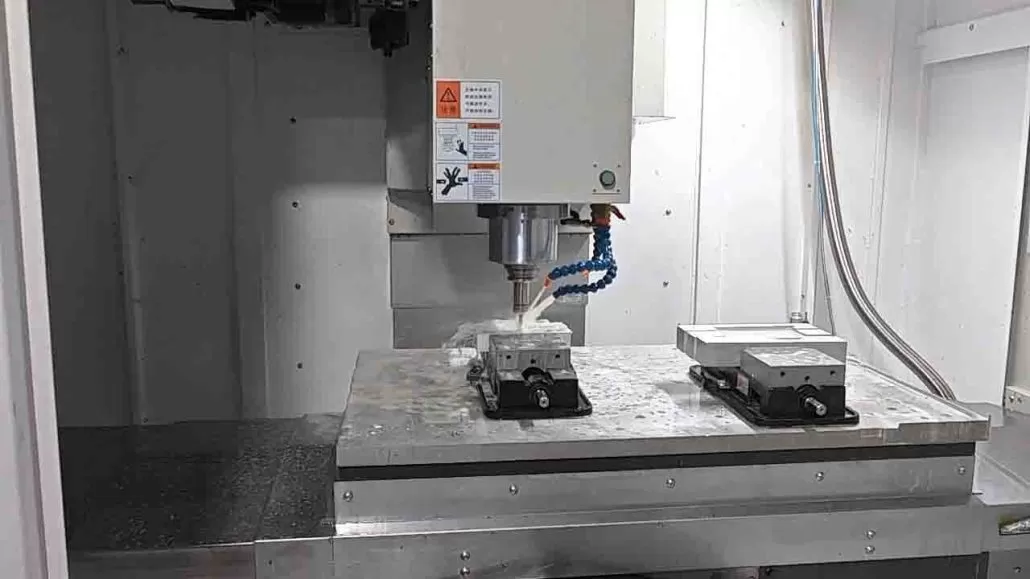CNC machining services requires parts that are designed specifically for the manufacturing process. There are a few key things to keep in mind when designing parts for CNC machining:
Solid 3D Model
The starting point is a 3D solid model of the part. The model should be created in a CAD software package that can output standard file formats like STEP, IGES, or STL that CNC machines can read. The model should be watertight, with no holes, overlapping surfaces, or other issues that would prevent the part from being 3D printing.

Allowances for Machining
The model needs to include ample allowances for the material that will be removed during machining. Enough material should be left around edges, corners, holes, slots, and any other features to account for tool paths and ensure the part meets all design specifications after machining. It is always better to leave too much material and make multiple passes rather than not enough. Allowances will depend on the specific tools and tool paths used, so discussing them with your CNC machinist is highly recommended.
Provisions for Clamping
The design must incorporate features that allow the part to be securely clamped in the vise or fixture during machining. This includes holes, slots, tabs, and other elements that give the clamps and vises places to grip the material without allowing any movement. The part should remain completely stationary and stable throughout the entire machining process.
Access for Cutting Tools
The layout of features on the part must permit cutting tools to access all areas of the part without interference or obstruction. Narrow passages, holes, pockets, and slots must be accessible to the tools that will cut them. Tools should have room to move freely around the part without colliding with any surfaces. Some trial-and-error experimentation may be needed to ensure tools can cut the part as designed.
Consult with your Machinist
For precision CNC parts in particular, it is critical to discuss the design with your CNC machinist before progressing too far. An experienced machinist can evaluate the design for any issues, determine if modifications are needed, and provide guidance on allowances, clamping, tool access, sequencing, and other factors that significantly impact the machinability and manufacturability of the part. Their input will help avoid time-consuming and expensive redesigns later in the process.

